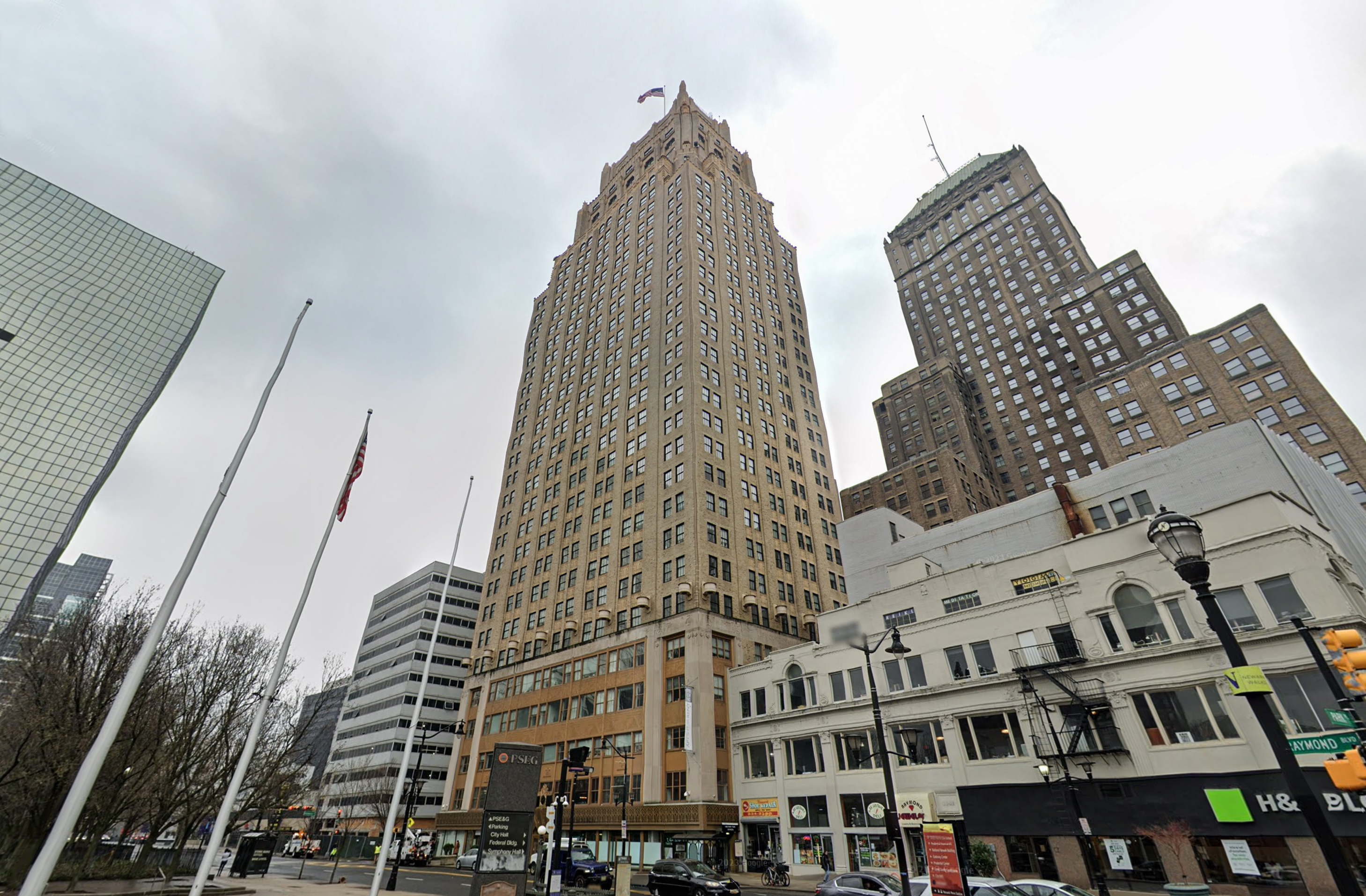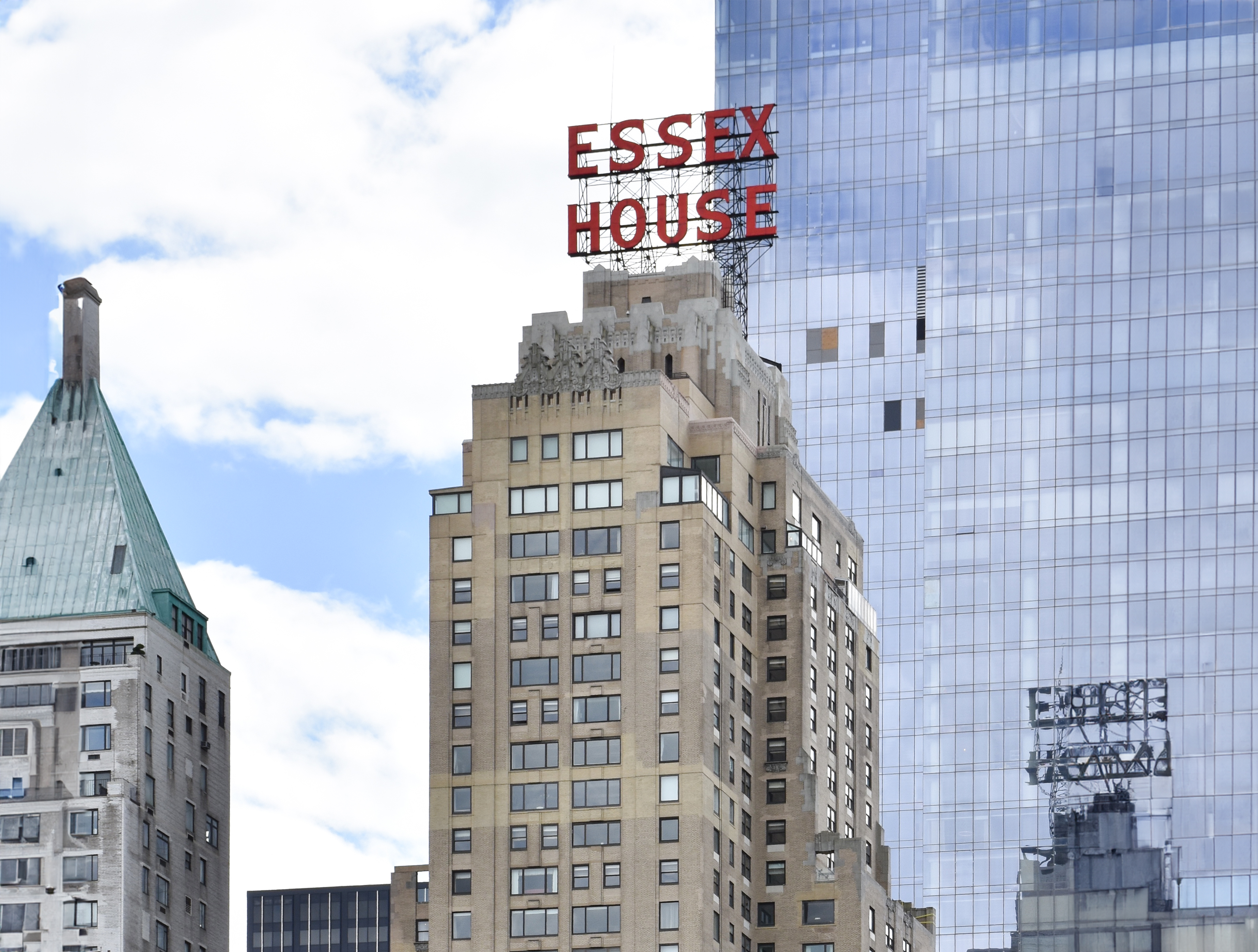The Lefcourt Building is an Art-deco skyscraper designed by Frank Grad and Sons, and built between 1929 and 1930 in Newark, NJ.
Lefcourt Building is not the only name you might know this building by though. It is common for companies to want to attach their names to iconic buildings when they move in, or for the general public to come up with nicknames, and this one is no exception. The building has changed names several times over the years, and is also known as:
- Federal Trust Bank Building.
- Raymond-Commerce Building.
- Eleven80 from 2006 until this day.
Its precise street address is 1180 Raymond Boulevard, Newark, NJ. You can also find it on the map here.
The Lefcourt Building and its neighbor at 744 Broad St., the National Newark Bank Building, were considered the 'Art Deco twins' of Newark and remained the tallest buildings in New Jersey until the late 1980s. However, they fell into disrepair during that decade and remained vacant for 20 years.
The building underwent a major restoration between 2004 and 2006. The architect commissioned to undertake this restoration was Gruzen Samton Architects LLP.



